
Blogs & more...
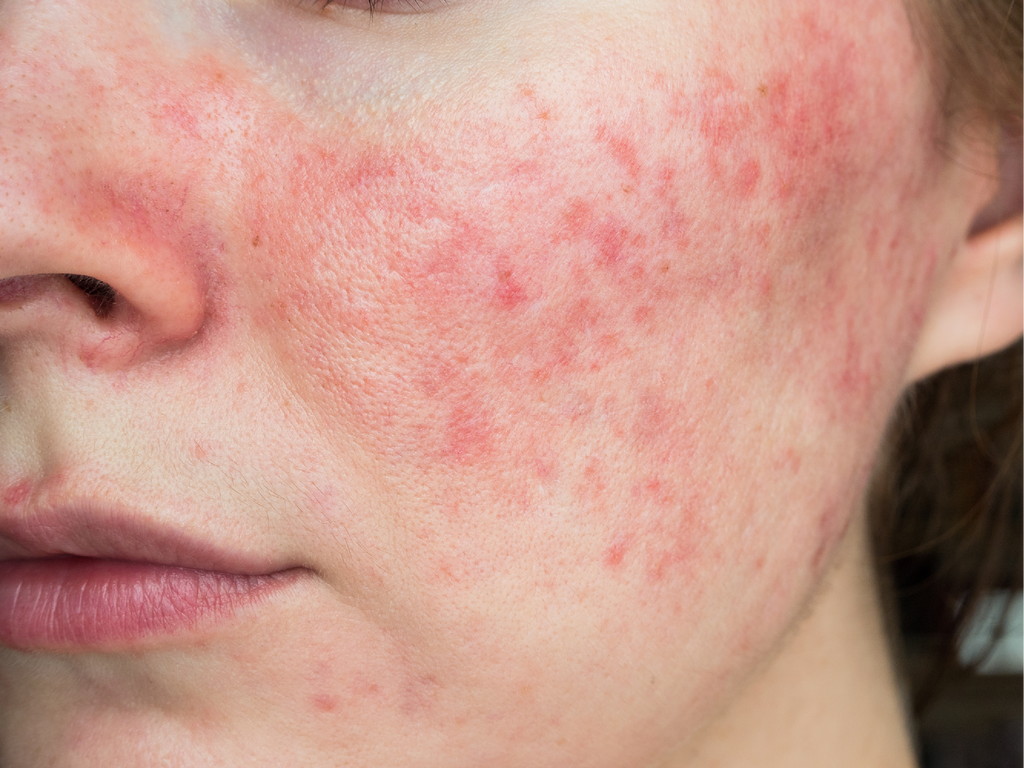
Mastering Rosacea Treatments – A Guide for Estheticians Using Dermastart Products
Rosacea gets your clients feeling red, irritated, and straight-up frustrated? We get it. Treating Rosacea can feel like tiptoeing through a field of landmines—one wrong move, and BOOM, flare-up city. But don’t worry; with the right approach (and the right products), you can help your clients manage their Rosacea and fall back in love with their skin. Let’s break it down, my fellow esties!
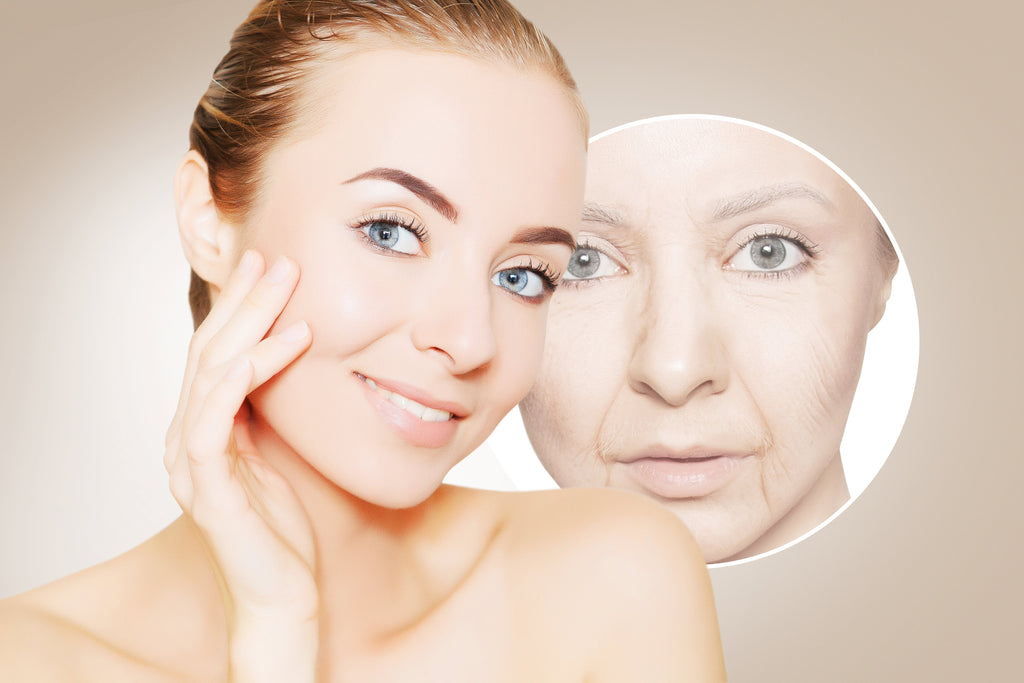
Glycation: The Overlooked Skin Concern Every Esthetician Should Know About
As estheticians, we’re trained to recognize and treat a variety of skin conditions—acne, hyperpigmentation, rosacea, and premature aging. But there’s one underlying issue affecting many of our clients that often goes undiagnosed or misclassified: glycation.
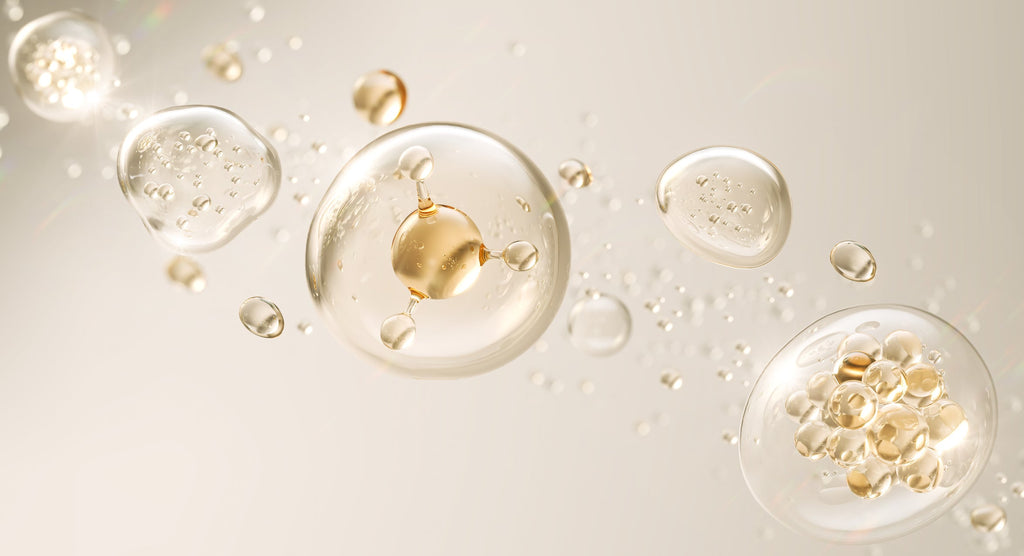
The Future of Skincare: Drone Technology
In the ever-evolving world of skincare, technology is revolutionizing the way we achieve youthful, radiant skin. Dermastart is at the forefront of innovation, integrating drone technology into our formulations to ensure matchless ingredient delivery and efficacy. Four standout products leading this revolution are ClearChoice® Anti-Wrinkle Retinox, DN-A Pads, Retinol Complexion Correction, and the Pure A Booster — each designed to harness the power of precision skincare for maximum results.

The Professional’s Guide to Combatting Winter Skin Dehydration
Winter’s chill brings more than frosty mornings and cozy sweaters; it also wreaks havoc on our clients’ skin. As professional skincare practitioners, understanding the underlying causes and using effective treatment protocols is essential to addressing winter-induced dehydration and maintaining skin health.
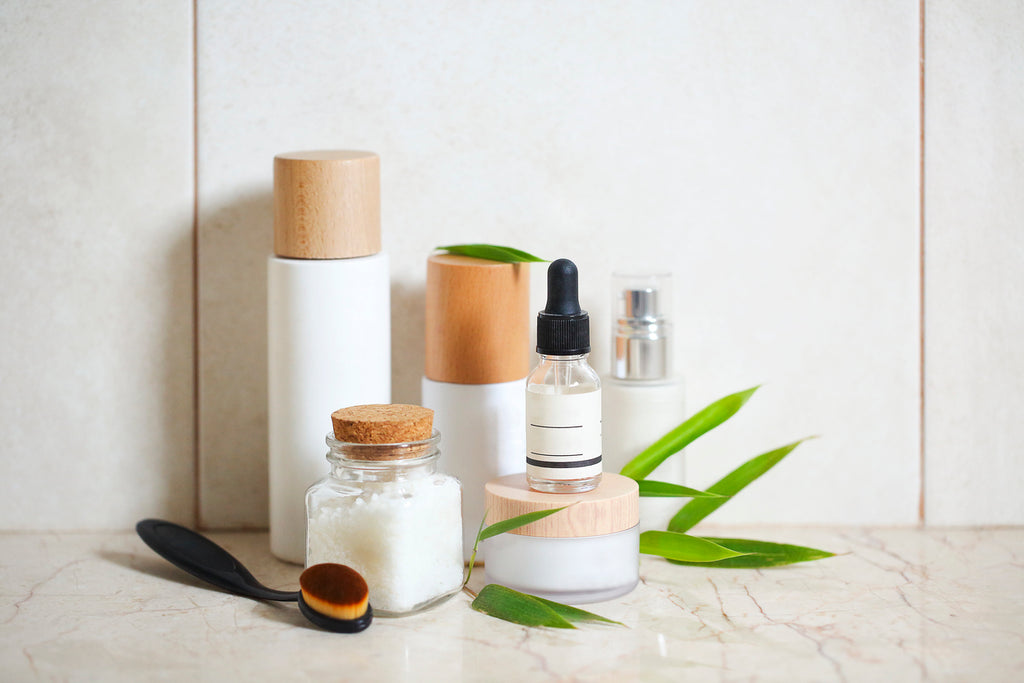
Emphasizing the Value of Personalization

Debunking DIY Skincare Myths

Monitoring & Follow-Up

Post-Treatment Care and Aftercare
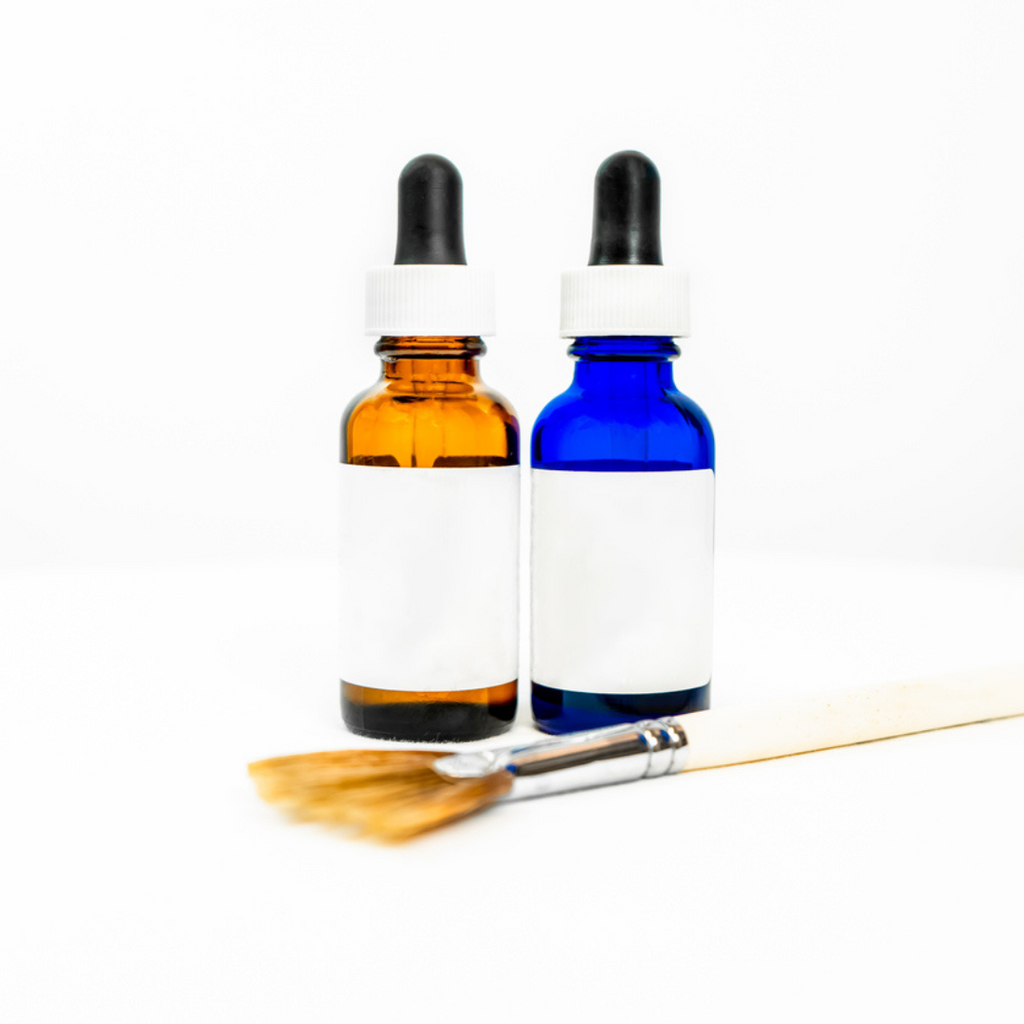
Safety First
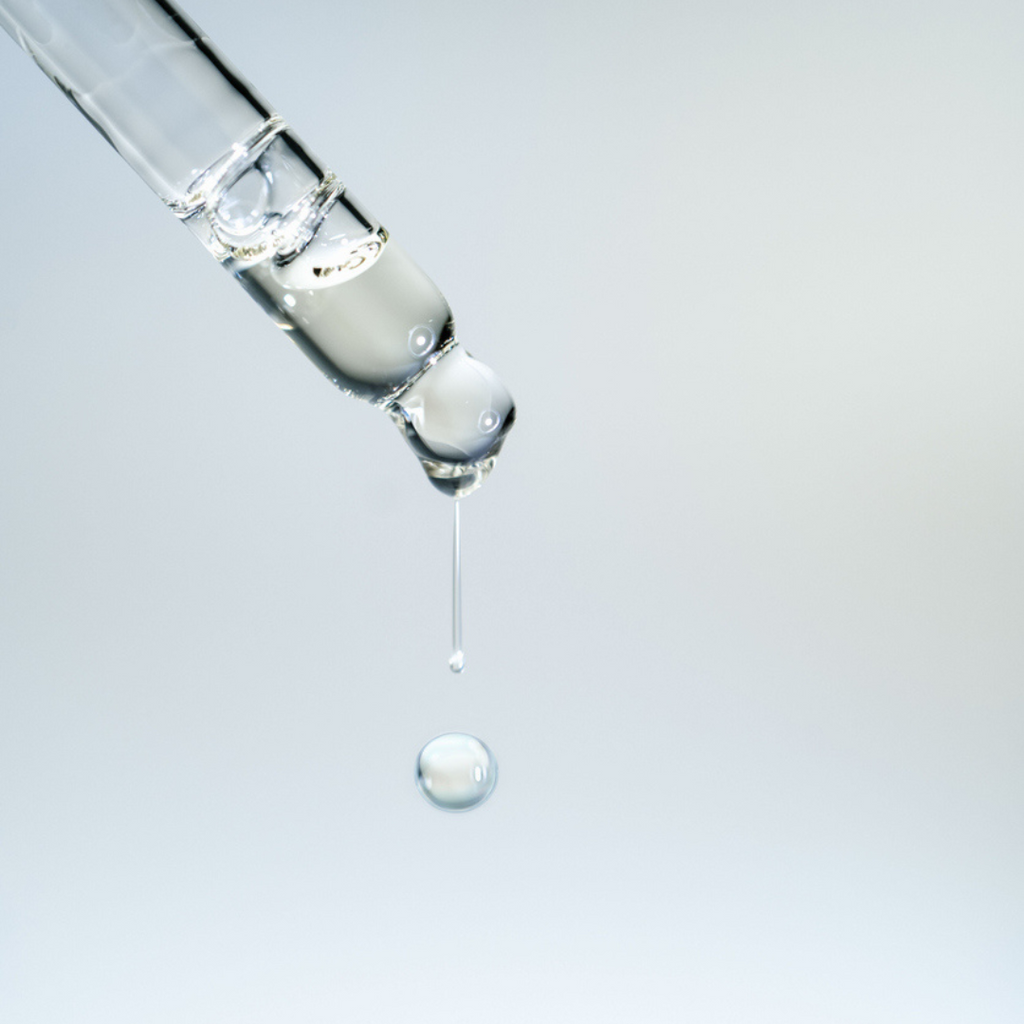
Types of Chemical Peels
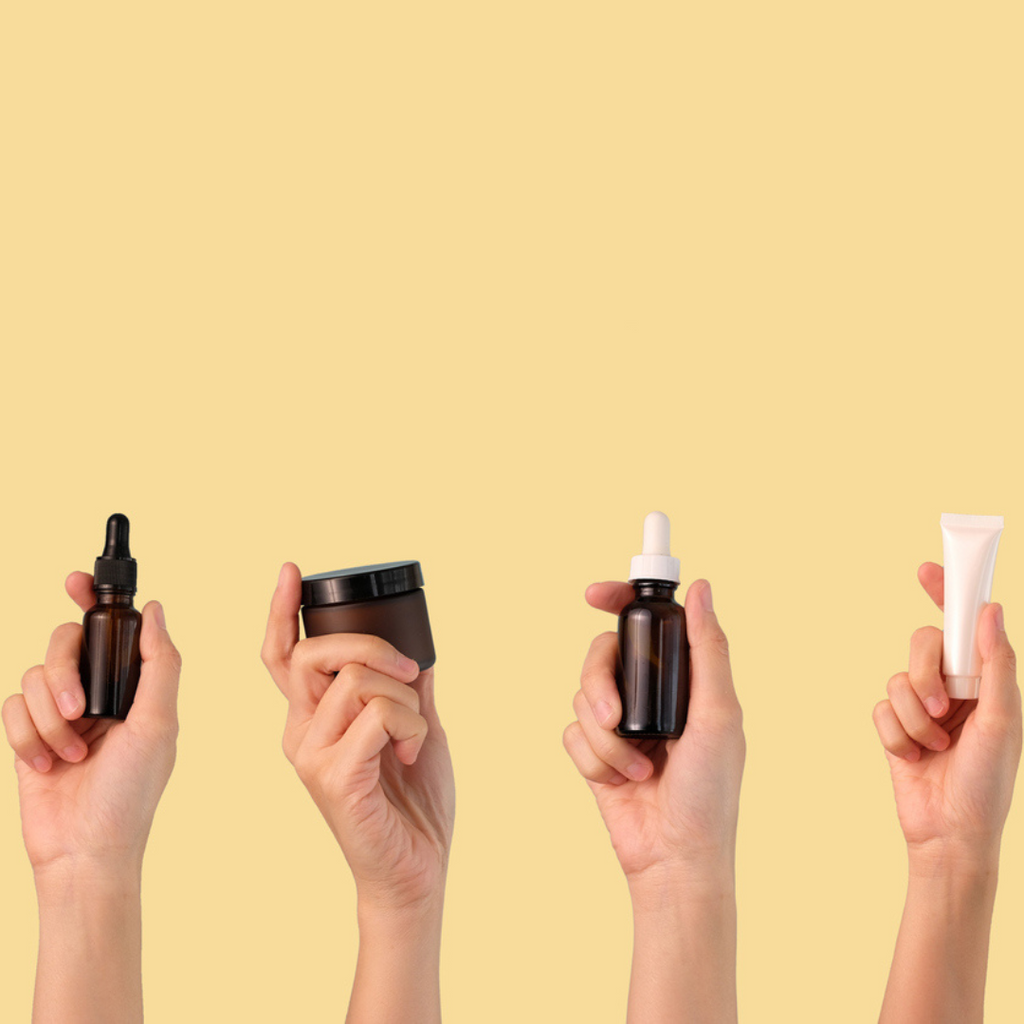
Customization is Key

Preparing Clients for Treatments
Products
View all
